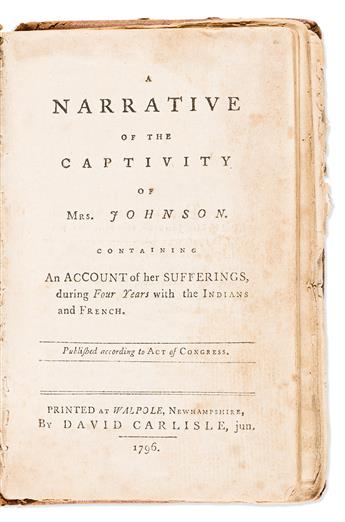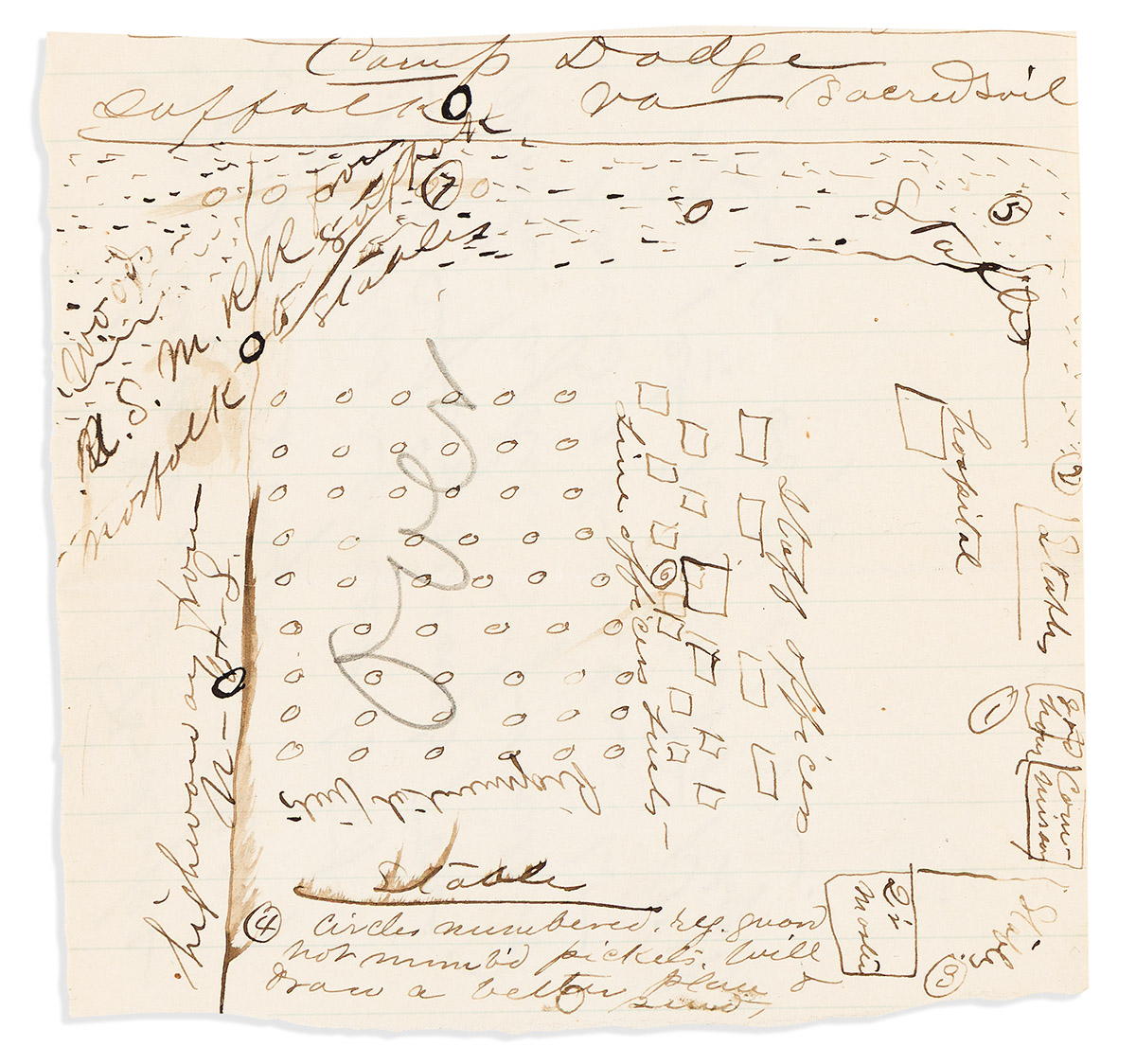Sale 2708 - Lot 74
Estimate: $ 2,500 - $ 3,500
Additional Details
Also in This Catalogue
-

 Lot 1(AMERICAN INDIANS.) A Narrative of the Captivity of Mrs. Johnson, Containing an Account of . . . Four Years with the Indians and FrenchEstimate $2,500 - $ 3,500
Lot 1(AMERICAN INDIANS.) A Narrative of the Captivity of Mrs. Johnson, Containing an Account of . . . Four Years with the Indians and FrenchEstimate $2,500 - $ 3,500 -

 Lot 150(NEW YORK CITY.) Complete run of the Manual of the Corporation of the City of New York, better known as Valentine's Manuals.Estimate $2,500 - $ 3,500
Lot 150(NEW YORK CITY.) Complete run of the Manual of the Corporation of the City of New York, better known as Valentine's Manuals.Estimate $2,500 - $ 3,500


